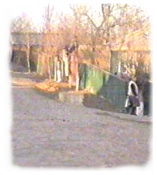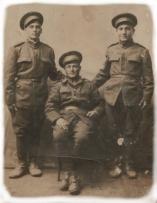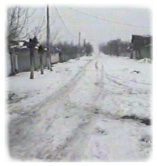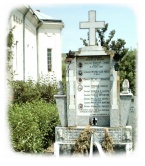
The Schela commune consists of 2 villages - Schela and Negrea that had been set up almost in the same period, in the end of the 19th century. Even the hearts of the ancient villages are not far one from another -less than 7 km., they were built on estates which belonged to different localities at that time. Schela was built in the Northern part of the Branistea commune. Negrea was built on the ex-territory of the Tulucesti commune, in its Western extremity.



Back in 1889 the Romanian Parliament issued a law which allowed poor villagers to set up new communities on state-owned territories.
At the time, Branistea commune in Galati county had such a state-owned land, the territory Schela lays today.
The County Council and the Branistea Mayoralty organised a selection and gave that land to 782 poor families living in the neighbourhood.
First families settled down on that virgin land in 1894.

Between the two villages of the commune, Negrea was the first born one. First houses had probably been built at around 1850 on the two banks of the Lozova brook, between the Bohotin and Ibrian hills (Ibrian- word with a Turkish resonance, which probably came from the name Ibrahim).
In 1887, when the settlement Negrea had already developped, it had been officially registered in the records of the time under the name of Costache Negri, after the name of a writer from Galati. The locality had that name for 45 years.

A lane in Negrea still unchanged in time

The village kept this name in the public records for 78 years.
In its first 14 years, the village was affiliated to Branistea commune.
In June 1908 the community, which already had 200 families, became a commune and had its own Mayoralty.
The new commune included neighbour Negrea village, between 1908-1926.
In comparaison with Negrea, the settlement from Schela developped after the Second World War.

The administrative criteria of the time transformed Negrea village into a commune, back in 1926.
It had its own Mayoralty between the two World Wars.
But the name of the locality often created confusion between people living in the region, because only 25 km. away from there was the Minjina village, which people from those places knew as being the estate of the writer Costache Negri.

Lane in Negrea


Ex-service men from Schela and Negrea in the Second World War
Therefore, to avoid confusions, the Galati County Council decided that the Minjina village was far more justified to carry the name of the writer, and it gave it to Minjina.
In 1932 Negrea received the same name that the village has nowadays.

Winter in Negrea


Tryptich in Negrea

Children in Schela wearing traditional clothes
